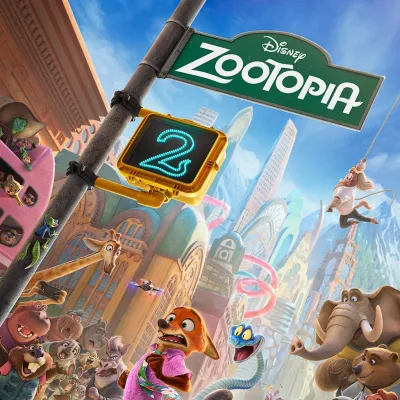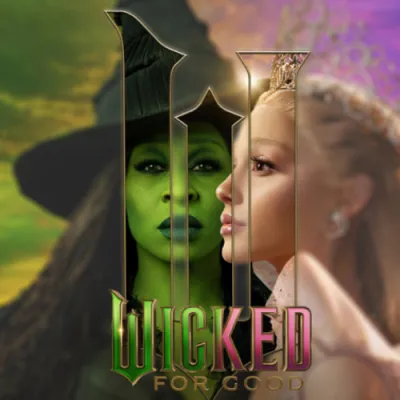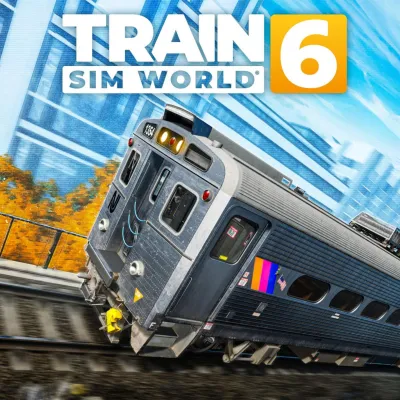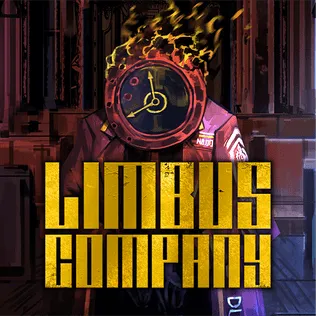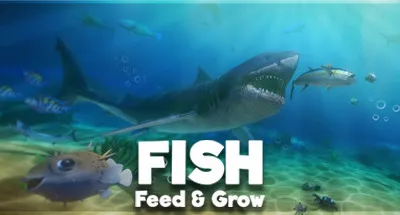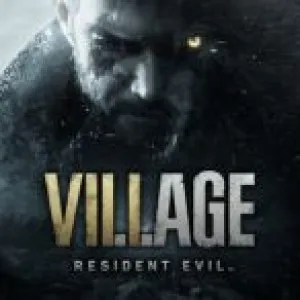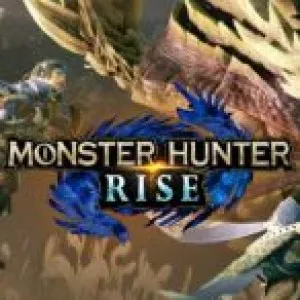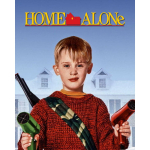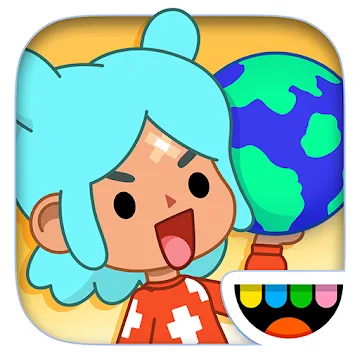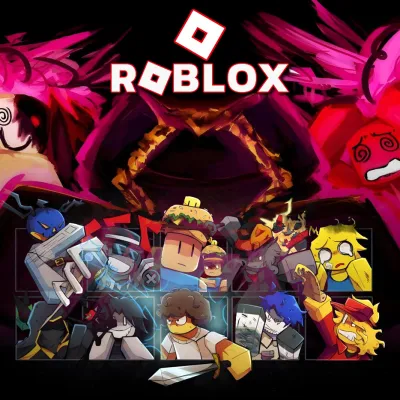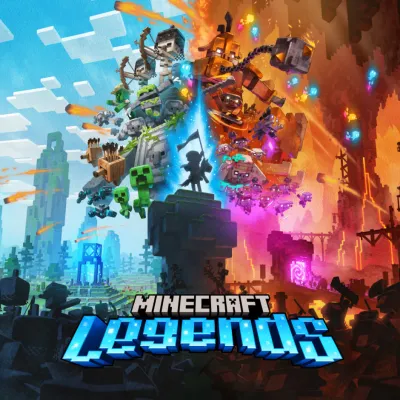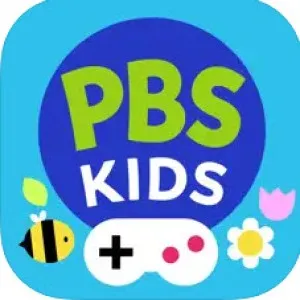Home Alone Review
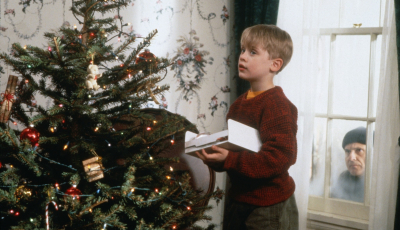
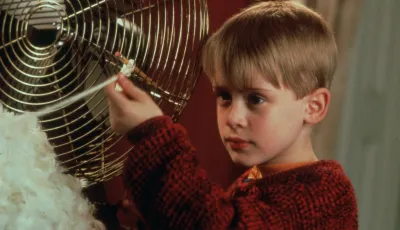
Stepping back into the nostalgic whirlpool of "Home Alone" through its animated avatar brought me immense joy. The original movie, already an iconic staple of holiday cinema, left a considerable mark with its mix of hilarious schemes and genuine warmth. But how does this work when translated into a cartoon format? Is the charming DIY defense system against bumbling bandits still as engaging? Armed with curiosity and a fondness for childhood memories, I took a deep dive into the animated series.
In essence, the cartoon draws inspiration from the classic film. Kevin McCallister's antics survive the translation remarkably well from live-action to animation, carrying over the signature blend of ingenuity and impish mischief. This new medium lent itself well to broad storytelling opportunities, providing delightful exaggerations impossible in live-action. It's a move that not only extends Kevin's escapades but gives room for a more whimsical and imaginative approach.
The cartoon's roots trace back to the immense success of the original 1990 film. Home Alone's narrative resonates across generations: a young boy inadvertently left behind during the holiday hustle and bustle, faced with the challenge and thrill of being alone. This setup was ripe for expansion, and a cartoon series seemed a natural evolution, wherein they could explore Kevin’s adventures with renewed creative freedom. Established popularity certainly paved a steady path for the show to blossom.
The legendary John Hughes, whose flair for portraying childhood with authenticity is unparalleled, originally scripted the film. While he didn't pen the animated episodes, his enduring influence is evident in the narrative's spirit. The creators cleverly maintained the series' core qualities, capturing the charm of youthful adventure with just a hint of wild imagination that animation allows.
What's striking about the "Home Alone" cartoon is its inventive approach to storytelling. Without the constraints of live-action, the series isn't tethered to practicality, allowing Kevin’s wily escapades to extend far beyond a simple suburban setting. Watching it, I distinctly felt how the animated format broadens the scope for creative expression. Kevin could scheme and navigate situations far more fantastical with the animated characters and settings around him.
In the series, Kevin’s interactions with the world get a boost from animation. His traps, while still hilariously clever, take on new dimensions, influenced by classic cartoon physics. This provides an array of possibilities that might seem implausible in real life but come naturally in this animated universe. The traps often draw laughter not just from their complexity but from their sheer inventiveness, increasing viewer engagement.
Direction-wise, the animators embrace a vivid palette, amplifying the series’ lively essence. The visuals play right into the light-hearted mischief felt throughout the episodes. Watching Kevin outsmart antagonists in dazzlingly colorful settings added a magical touch, a flourish that endears it to younger audiences while still resonating with those who remember the 1990 film.
Each episode stands as a self-contained story, effectively capturing a slice of Kevin's imaginative mind. Through precise animation techniques, the creators maintain a pace that feels energetic without offering overload. It's a balance residing in playful yet brisk sequences that keep viewers entertained while setting up for the inevitable laugh-out-loud moments.
The blend of humor in the cartoon works on several levels. There’s the obvious, laugh-out-loud slapstick comedy that appeals to kids and those young-at-heart. But beneath this surface, there’s a subtle play on Kevin’s inherent creative capacity, an aspect that elicits appreciation from audiences appreciating his cleverness. This dynamic interplay ensures that the series attracts a broad demographic.
As a person re-visiting a childhood favorite, I found the music and sound design to be a driving force of nostalgia. While the cartoon presents its unique soundscape, there's a respectful nod to the original score. These musical cues evoke familiarity, rekindling the fond memories associated with the movie, while new compositions enrich the animated medium’s storytelling.
Voice acting, undeniably, plays a pivotal role in the series. The character of Kevin is brought to life with a voice that exudes confidence, wit, and a sprinkle of innocence. His charm isn't lost in translation, and the vocal dynamics brilliantly capture his mischievous spirit. Supporting characters, from Kevin’s family to the notorious yet comically inept burglars, also receive vibrant voice portrayals that contribute to the engaging narrative.
The casting captures the characters' essence, adding layers to their animated representations. As scenes unfold, each voice brings emotional depth or comedic timing, drawing the audience deeper into Kevin's animated adventures and challenges. It’s a testament to the power of vocal performances in animation, enriching the overall experience.
The cartoon doesn't shy away from addressing themes of independence and resourcefulness. Through his adventures, Kevin learns and teaches the merits of courage, quick thinking, and adaptability. These elements, thoroughly embedded in each episode, offer more than mere entertainment, subtly encouraging young viewers to appreciate these qualities.
Even as a viewer revisiting the concept with mature eyes, I found these themes endearing. Episodes balanced comedic escapades with heartfelt moments, reflecting the importance of home, family, and the little things that ultimately define our childhood. This emotional connection is where the animated series reaches beyond its primary humorous intent, grounding the antics in relatable emotions.
An element that impressively carries through the series is its ability to simulate real-life scenarios elevated by exaggerated creative liberties. Entertainingly, the depiction of suburban life contrasts with the occasional flights of fantastical exaggeration, signaling a smart direction choice. In animated form, Kevin’s daily life scenarios are punctuated with unexpected twists that keep each episode fresh and engaging.
This juxtaposition of the seemingly mundane with the wildly imaginative underscores the uniqueness of "Home Alone" the cartoon. It's a balance that straddles the authenticity of childhood perspectives while giving wings to dreams that only animation could support. This fusion gives the series a vibrancy that inspires creativity and wonder in its audience.
As I watched episode after episode, the charm of "Home Alone" remained as potent as ever. Seeing Kevin continue to outsmart the antagonists, create friendships, and navigate various situations, reminded me of how relatable his experiences were—despite their exaggerated presentation. The animated series aptly retains this dual nature, enabling a new generation to find joy in Kevin's adventures.
The creators dexterously maintained the essence of Kevin’s iconic resourcefulness without diminishing its impact. It affirmed to me that even when narratives are stretched creatively, the core remains solidly relatable. Kevin’s determination and cleverness serve as threads tying several animated misadventures into one consistent and heartwarming series.
Another fascinating aspect is the portrayal of the relationship between Kevin and his adversaries. Following in the footsteps of the original film, the animated series plays up this dynamic humorously. Whether reformed foes or new ones, interactions burst with comedy while occasionally hinting at mutual respect, offering layers that are both funny and strangely heartwarming.
It’s a reflection of the playful tension that lies at the heart of "Home Alone," where the pursuit is more a dance than a genuine threat. It's this playful interaction that often feels like a Mirroring of childhood interactions, filled with rivalries and alliances that shift—except Kevin's stakes often verge on the whimsical rather than realistic.
What truly caught me by surprise was the series' ability to occasionally pace itself, allowing quieter moments to lend weight to episodes. Kevin's reflections on being alone or realizations about his family's importance come amid lively adventures, providing these flashes of introspection in an otherwise fast-paced narrative.
These pauses provided breathing space amidst the light-hearted chaos. They served as emotional anchors within the show, emphasizing that beneath every misadventure lies Kevin’s deep longing for family and connection. As a series, this emotional core maintains the earnestness that first endeared audiences to the original movie.
In gauging the appeal of "Home Alone," the cartoon, its adaptability is evident. Each episode comfortably morphs around the inventive hurdles Kevin faces, showcasing how the concept adeptly extends beyond a single holiday setting. Situations easily transition from wintry adventures to summer capers, adding versatility to Kevin’s narratively driven explorations.
Where once Kevin's ingenuity was limited by the technological bounds of the '90s, animation offers an unrestricted canvas to stretch his creativity. This shift exemplifies how childhood imagination flourishes when given space—an engaging prospect that remains relevant and invites creativity across generations.
The legacy of "Home Alone" lives sturdily within the animated series. While the nuances of live-action elements shift toward exaggerated animation tropes, the heart of Kevin McCallister remains. The cartoon did not lose the essence of this iconic character; rather, it expanded his world, introducing his allure anew to audiences who might relish or rediscover it through animated lenses.
It’s riveting to see how a beloved movie adapted fluidly within different formats. The series doesn't strive to outdo its predecessor; rather, it stands as a complementary homage to an enduring tale of wits, laughs, and the always relatable thrill of being home alone and in charge.
Reflecting on my journey through "Home Alone" the cartoon, I found much to love. It flourishes by respecting its origins, amplifying its charm through whimsical breadth while always echoing the brilliant simplicity of its core message: adventure can unfold anywhere, and home holds unparalleled value.
The series left me smiling and a little envious of Kevin’s endless creative playground. Its sincerity wrapped in vibrant animation, delivered entertainment with heart, an experience worth revisiting. Whether reminiscing or introducing tiny newcomers, "Home Alone" the cartoon is a clever, heartwarming extension that sparkles in the same joy-filled spirit as the movie we all cherish.
